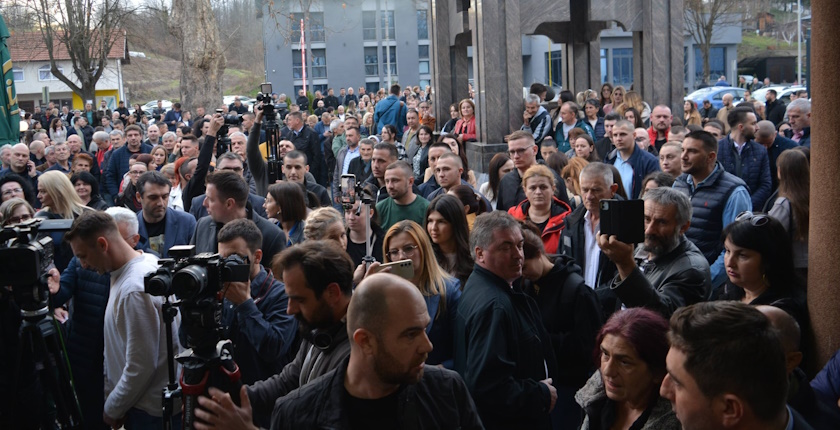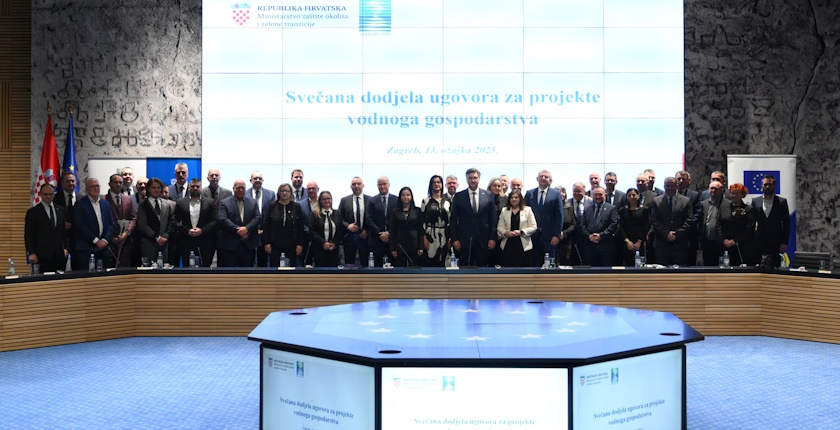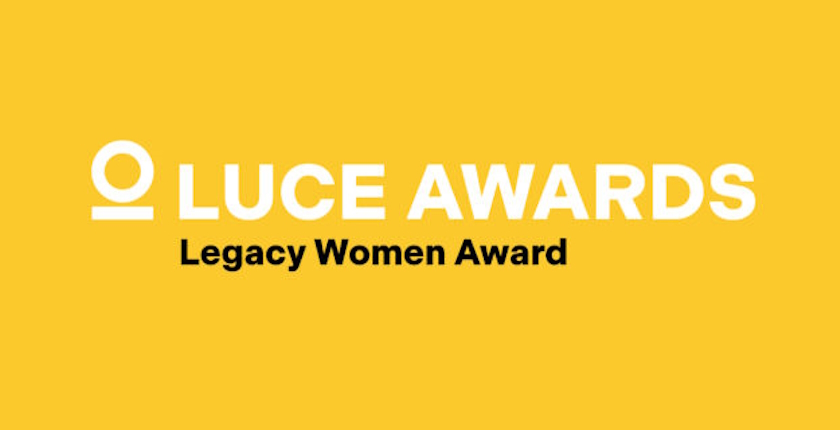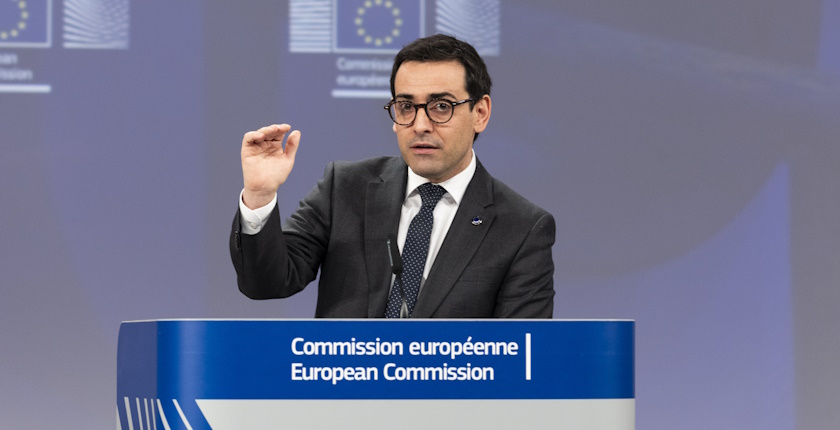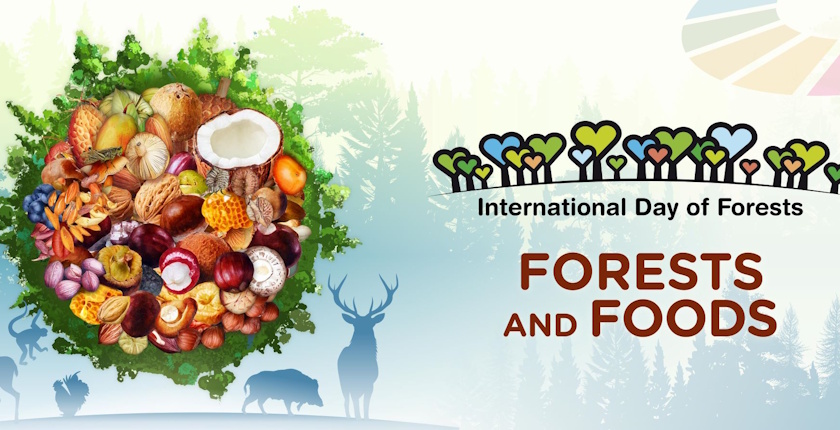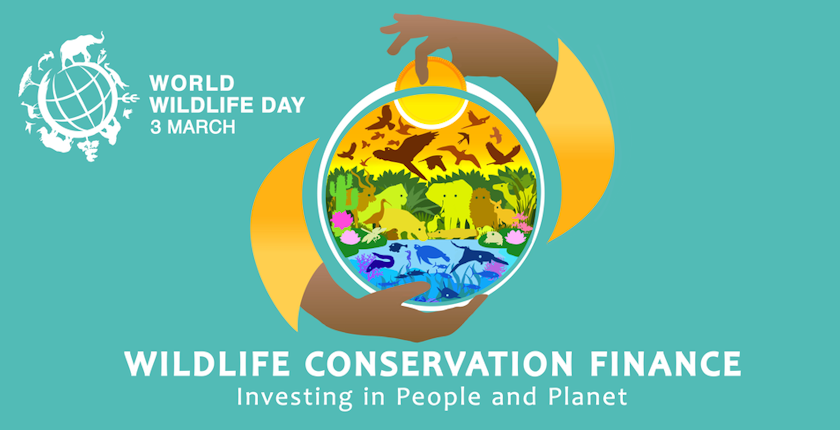
World Wildlife Day 2025: investing in people and the planet
World Wildlife Day is celebrated every year on March 3. It reminds us of the richness of plant and animal life, as well as the challenges that threaten it. This year’s theme Financing Wildlife Conservation: Investing in People and the Planet highlights the urgent need to mobilize financial resources to halt biodiversity loss and ensure a sustainable future.
The choice of March 3 for World Wildlife Day is symbolic. On this day in 1973, the Convention on International Trade in Endangered Species of Wild Fauna and Flora (CITES) was signed. It was a key agreement for the protection of global biodiversity.
Today, the planet faces three simultaneous and interconnected crises, largely driven by human activity: climate change, biodiversity loss, and pollution. Unsustainable resource exploitation, poaching, habitat destruction, and climate change are severely endangering many species.
According to the 2024 Living Planet Report by the World Wide Fund for Nature (WWF), the average size of wildlife populations has declined by 73% since 1970. Meanwhile, the International Union for Conservation of Nature (IUCN) Red List now has 166,000 species, with 46,300 of them facing extinction.
At the same time, more than half of the world’s gross domestic product (GDP) depends on natural resources, making biodiversity loss an increasing threat to financial stability and livelihoods. It underscores the significance of this year’s World Wildlife Day theme Financing Wildlife Conservation: Investing in People and the Planet.
Current financial flows are insufficient for governments to meet national biodiversity targets, particularly in biodiversity hotspots located in low-to-middle-income countries. Biodiversity hotspots are places on Earth that are both biologically rich — and deeply threatened.
According to an estimate, USD 824 billion per year is needed to protect biodiversity, while current global investments are just USD 143 billion annually, far below the required amount. United Nations Secretary-General António Guterres has called for at least USD 500 billion per year in additional financing for the Sustainable Development Goals (SDGs), including nature protection.
“We have a responsibility to unlock the power and agility of the finance sector and mainstream nature-positive considerations in the spheres of investment. Wildlife conservation finance is about conserving plant and animal species in the wild, and contributing to the conservation of our planet’s biodiversity that sustains all ecosystems and communities worldwide,” said CITES Secretary-General Ivonne Higuero.
Innovative financing mechanisms
As the gap between required and available funding widens, attention is turning to innovative financial mechanisms. The Kunming-Montreal Global Biodiversity Framework has set ambitious targets to halt biodiversity loss by 2030, including the mobilization of at least USD 200 billion annually and the elimination or reform of environmentally harmful subsidies.
Programs such as Debt-for-Nature Swaps allow governments to redirect portions of their national debt toward conservation efforts. Wildlife Conservation Bonds encourage private sector investments in endangered species protection, while payments for ecosystem services (PES) enable landowners and local communities to generate income through sustainable management of natural resources.
World Wildlife Day 2025 will serve as a platform for knowledge exchange, financial innovation, and strengthening cooperation between governments, the private sector, and civil society.
In addition to the United Nations’ main event in the Palais des Nations in Geneva on March 3, the celebration will feature online activities, including the Jackson Wild Film Festival and the International Youth Art Contest organized by the International Fund for Animal Welfare (IFAW).

